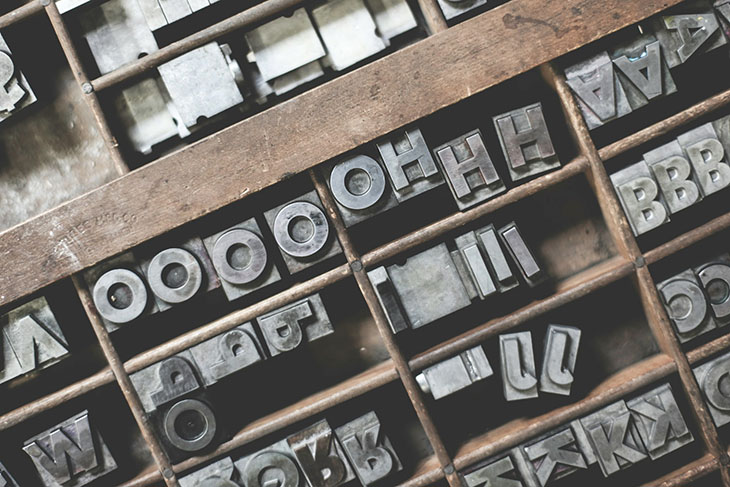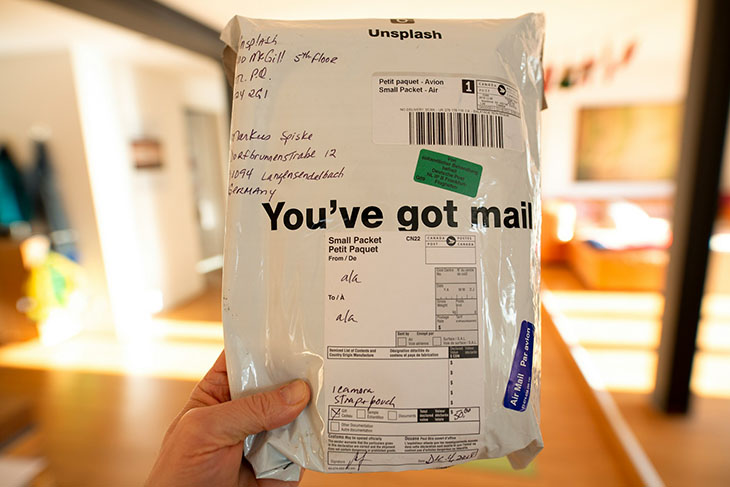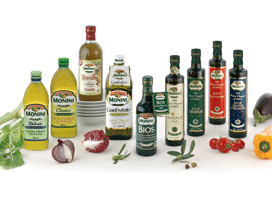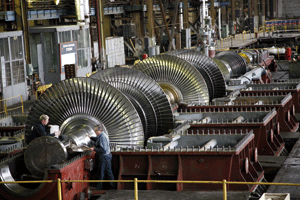Metal stamping can be a highly cost-effective way to produce some components. Like any process, though, there’s always room for improvement to maximize its potential benefits. You’ll need to tackle metal stamping costs themselves to ensure these workflows are as impactful as possible.
Many cost-saving opportunities in metal stamping parts are easy to miss. To help you overcome these gaps, here are six overlookable but effective cost-reduction strategies in metal stamping.
Minimize Post-Processing as Much as Possible
Many cost savings come not from the stamping process itself but from related tasks. Post-processing is one of the biggest of these areas to address.
Metal stamping parts often produces rough edges and burs that require post-processing to prepare them for assembly. That leads to increased power consumption. Considering factories use an average of 95.1 kilowatt-hours of energy per square foot per year — totaling more than $6 per square foot annually — this power consumption can represent a huge cost category.
Higher precision in the stamping process can reduce the need for post-processing. Keep all equipment well-calibrated, avoid using more force than necessary in the punch and use a punch with appropriate hardness.
Maintain Ideal Temperatures
You can further reduce the post-processing and minimize waste by maintaining proper temperatures. Many metals’ properties change at different temperatures, making them more flexible or prone to breaking at varying heat levels. Ensuring these changes aren’t extreme enough to make burs, cracks and other defects more likely will lower your metal stamping expenses.
The ideal temperature depends on the material you’re using. Some — like aluminum — are more prone to heat sensitivity than others, so keep acceptable variations in mind, too. Once you know your target temp, you can maintain it through cooling or heating oil before and after punching. Using smart thermostats for more precise ambient temperature control with minimal energy use will also help.
Keep Everything Clean
Another easy-to-miss tactic to make metal stamping parts more cost-effective is to maintain a clean workspace. Punches are more sensitive to debris than you may think. Metal chips, dust and other contaminants can dull punch edges or get in the way of a clean cut, resulting in defects and higher rework and post-processing costs.
Thankfully, it’s fairly easy to maintain ideal cleanliness once you’re aware of these hazards. Air jets near punches can blow debris away between stamps. Blowing away debris on sheet metal before it heads to the punch will help, too. High-volume workflows should also consider more in-depth cleaning of equipment during planned downtime.
Get Granular About Materials
Material selection also plays a key role in metal stamping costs. It’s important to look beyond general categories like “steel” and “aluminum” and be specific about the types of each metal. All aluminum is soft enough for stamping, but 5052 aluminum has particularly high workability, making it an ideal choice to minimize deburring and defects.
Consider the additives in your base metal. Additional metals like magnesium and chromium can give your alloys different temperature resistance, strength, malleability and other properties. You likely already consider these when thinking of ideal characteristics of the end product, but it’s important to also go over how they impact manufacturability.
The composition of your stamping equipment matters, too. Generally speaking, the cutting die should be harder and less brittle than the material you’re stamping, but you should keep temperature and corrosion resistance in mind as well.
Collect and Recycle Waste
Any subtractive manufacturing process will generate waste. While you should minimize this where possible through higher-precision stamping and right-sizing dies, you can recover inevitable waste for added cost-efficiency. In stamping workflows, that means collecting shavings, scrap and other unused metal to reforge into new sheet metal.
This type of recycling helps you get closer to a closed-loop supply chain, which reduces expenses over time by minimizing resource acquisition costs. The more you recycle, the less raw material you must purchase from suppliers. Implementing these processes may incur additional expenses initially, but the resulting savings will enable long-term cost efficiency.
Automate Quality Inspections
Another tactic that increases initial expenses but unlocks long-term savings is to automate end-of-line quality inspections. Conventional quality checks create bottlenecks and aren’t always reliable, thanks to the introduction of human error. Automating them through machine vision yields three major benefits.
First, automated quality assurance is faster. Machine vision algorithms can analyze over 7,000 images per hour, assessing products at the speed of production. Secondly, they’re more accurate, so you’ll lose less to defects that make it further into production. Finally, automation creates data on every defect you can analyze to highlight the source of these mistakes, informing long-term changes to prevent future errors.
There Are Many Ways to Reduce Metal Stamping Costs
Metal stamping parts can incur more costs than necessary if you aren’t careful. However, having multiple places where high expenses can occur also means there are many opportunities to reduce them.
These six tactics are some of the most effective yet easily overlooked metal stamping cost-reduction strategies. Combining multiple will yield the most significant improvements. Keep in mind that results vary by specific application, so take a slow, adaptive approach to implementing these steps to work them into your workflows.
























